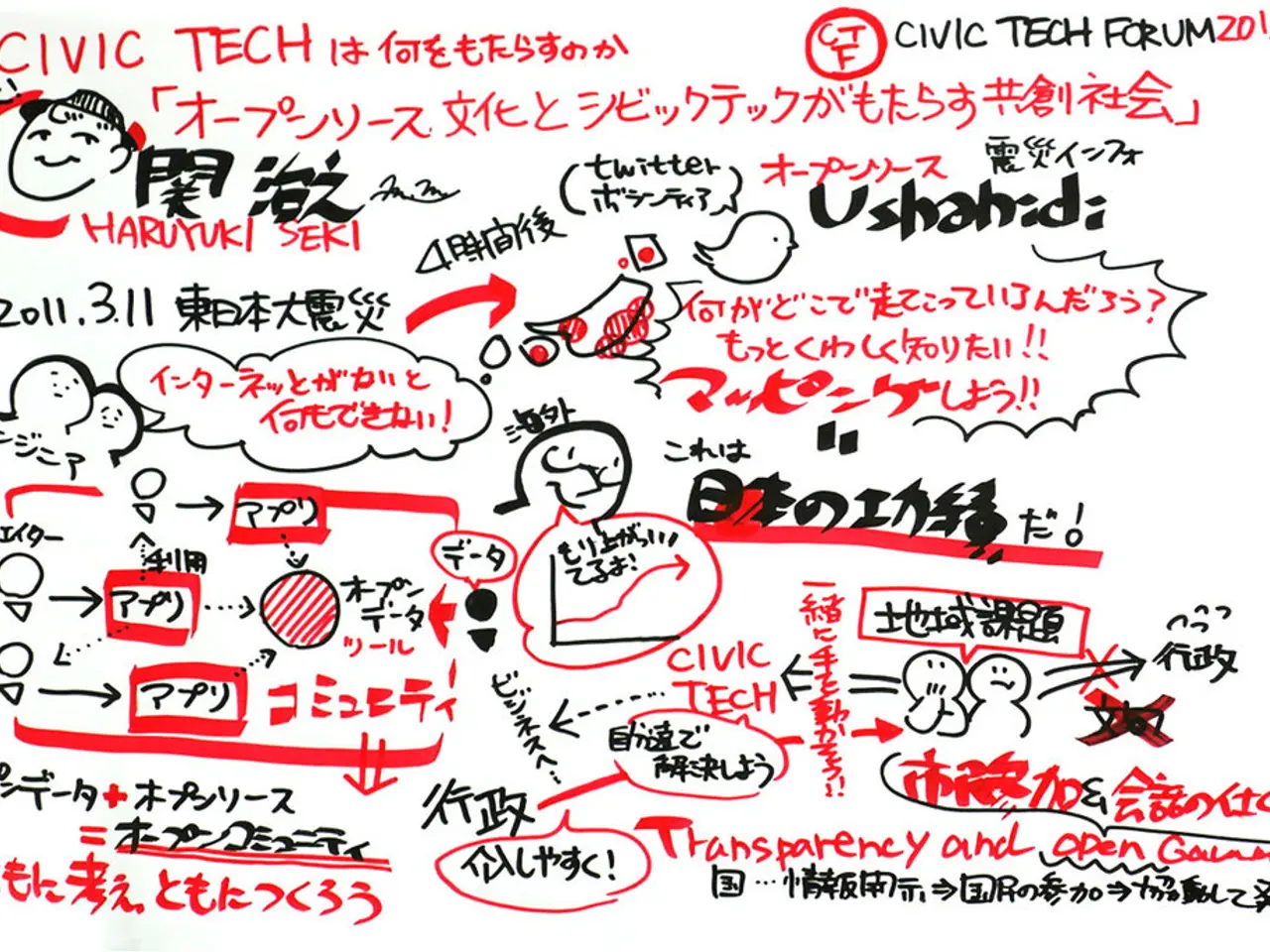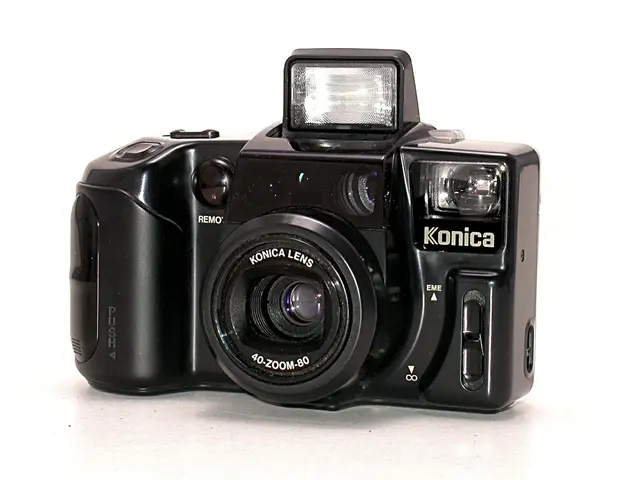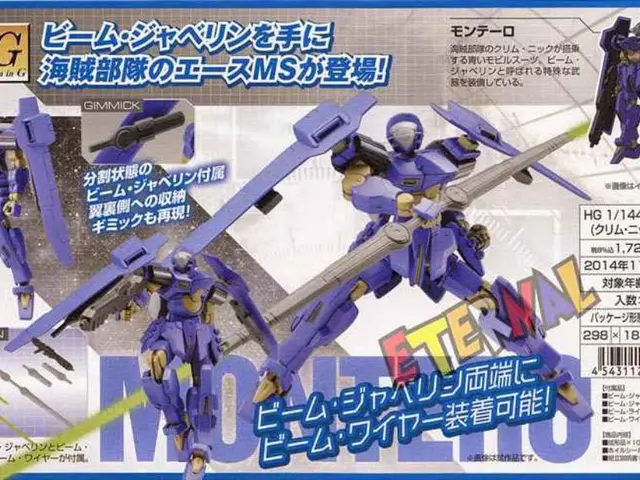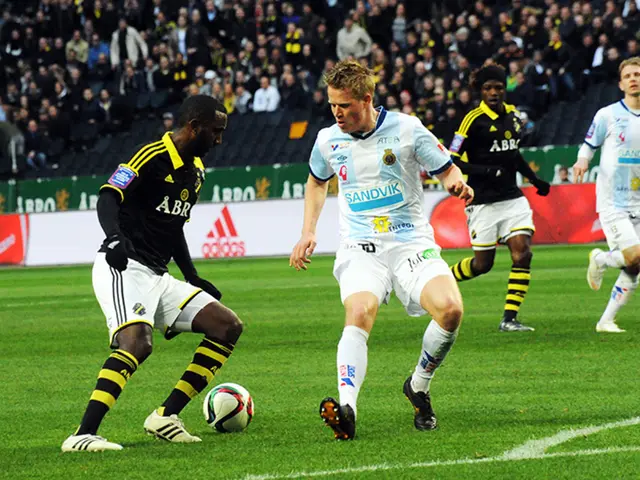7 Top-Notch Tools for Font Discovery
In the realm of graphic design, identifying fonts is an essential task that often requires precision and efficiency. We've compiled an expert overview of the top 7 font identifier tools widely used by designers, each with its unique strengths and weaknesses.
First on our list is **WhatTheFont**, a popular and user-friendly interface that swiftly identifies fonts from images. Its mobile app makes it perfect for on-the-go use, although it may be less accurate with heavily stylized or low-quality images.
**What Font Is** offers both free and paid options, boasting a large font database. It allows identification via image upload and direct font name search, and even provides suggestions for similar fonts. However, ads in the free version can be intrusive, and accuracy can vary with complex typography or script fonts.
**Font Matcherator**, powered by Fontspring, excels with its vast commercial font library and detailed glyph analysis. This tool is particularly useful for matching fonts and for web and print fonts. However, its interface can be less intuitive for beginners, and it limits image quality and font license availability.
**Fonts Ninja** is a browser extension that detects fonts directly from websites. It provides detailed font information and purchase links, making it ideal for web designers inspecting typography in real-time. However, it requires browser installation and only works with web fonts, potentially missing embedded or custom fonts.
**Identifont** takes a unique approach by identifying fonts through a questionnaire about font characteristics. This tool is useful when no image is available and can help find alternatives or historical fonts. However, its time-consuming nature may be challenging for non-experts or those unsure about font details.
**WhatFont** is a lightweight browser extension for quick font identification on webpages. It displays font family, size, weight, and other CSS information, making it a simple tool for designers analyzing live sites. However, it only works on web pages, not images.
Lastly, **Fount** is an easy-to-use bookmarklet that identifies fonts on any webpage. It provides instant font name display upon clicking text, but its functionality is limited to font name identification only, without support for image-based font recognition or font matching.
### For Graphic Designers:
When it comes to image-based font identification, *WhatTheFont* and *What Font Is* are the most accessible and popular, offering the best mix of speed and accuracy.
*Font Matcherator* offers detailed glyph-level matching, which is beneficial when font licensing or commercial usage is a concern.
*Fonts Ninja*, *WhatFont*, and *Fount* excel at identifying fonts directly on live websites, making them ideal for web designers inspecting typography in real-time.
*Identifont* is uniquely suited when you have no image but can answer detailed font characteristic questions, helpful for historical or obscure fonts.
Each tool has strengths depending on the type of font identification needed (image vs web page) and user expertise. Combining these tools can provide graphic designers with a comprehensive font identification workflow.
In the world of graphic design,ʻWhatTheFont are widely popular for identifying fonts from images, offering a blend of speed and accuracy. For intricate glyph-level matching and concerns about font licensing or commercial usage, Fonts Ninja, and Identifont`` comes into play, especially for historical or obscure fonts; it requires detailed font characteristic questioning. To achieve a comprehensive font identification workflow, graphic designers may find it beneficial to utilize a combination of these tools based on their specific needs and the nature of the font identification task at hand.
In this conversation, graphic design, designer, color, layout, poster, UX, fonts, creative, graphic design, web design, Adobe, UI, inspiration, art, typography, gadgets, and technology were used.







